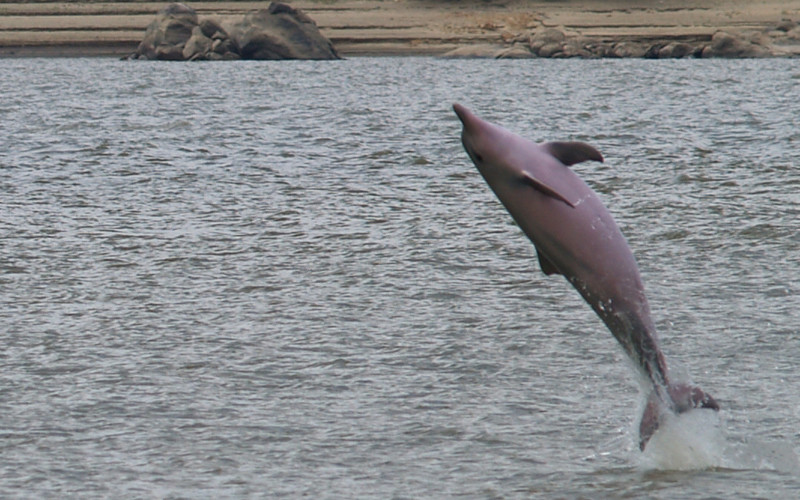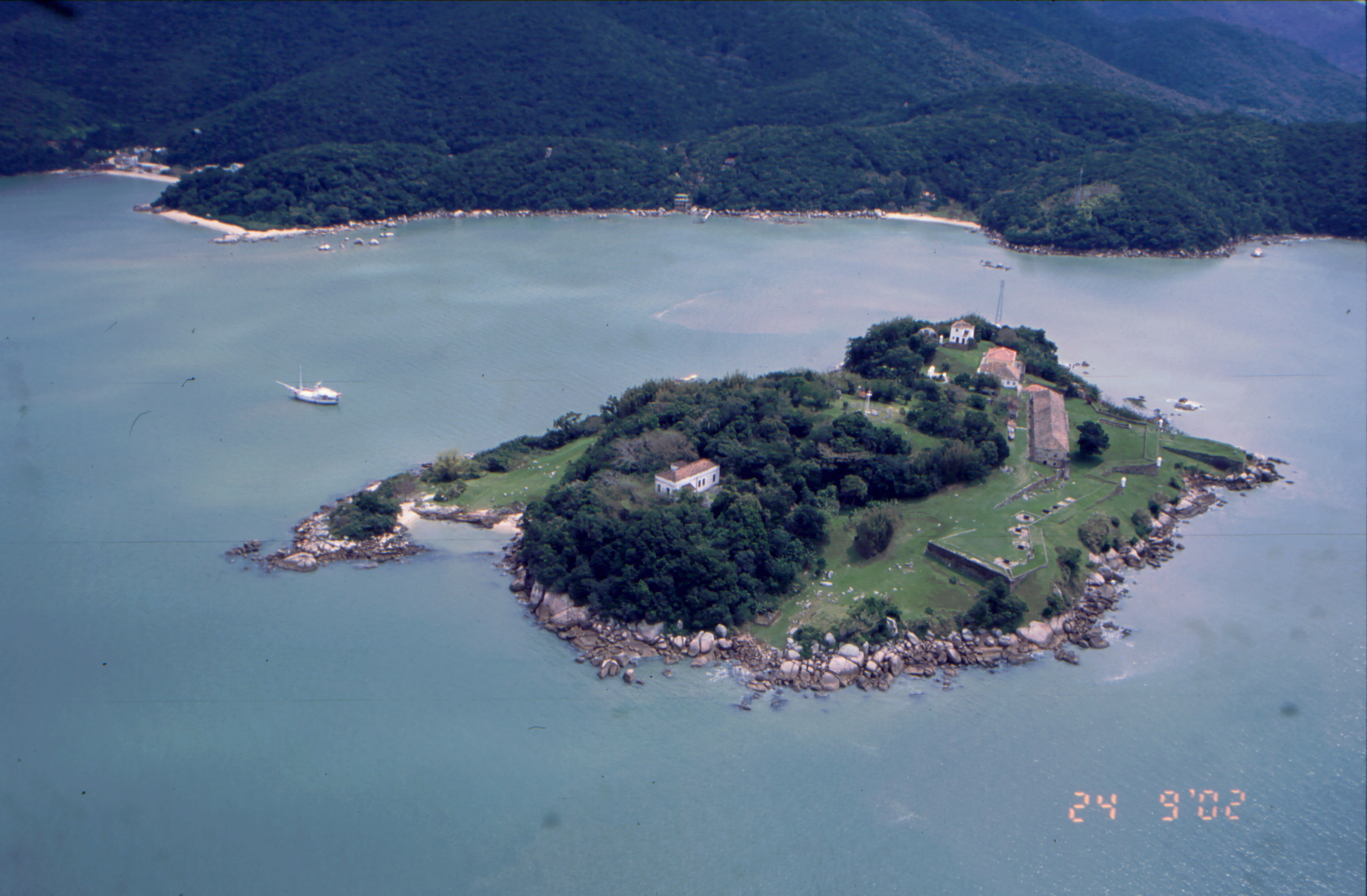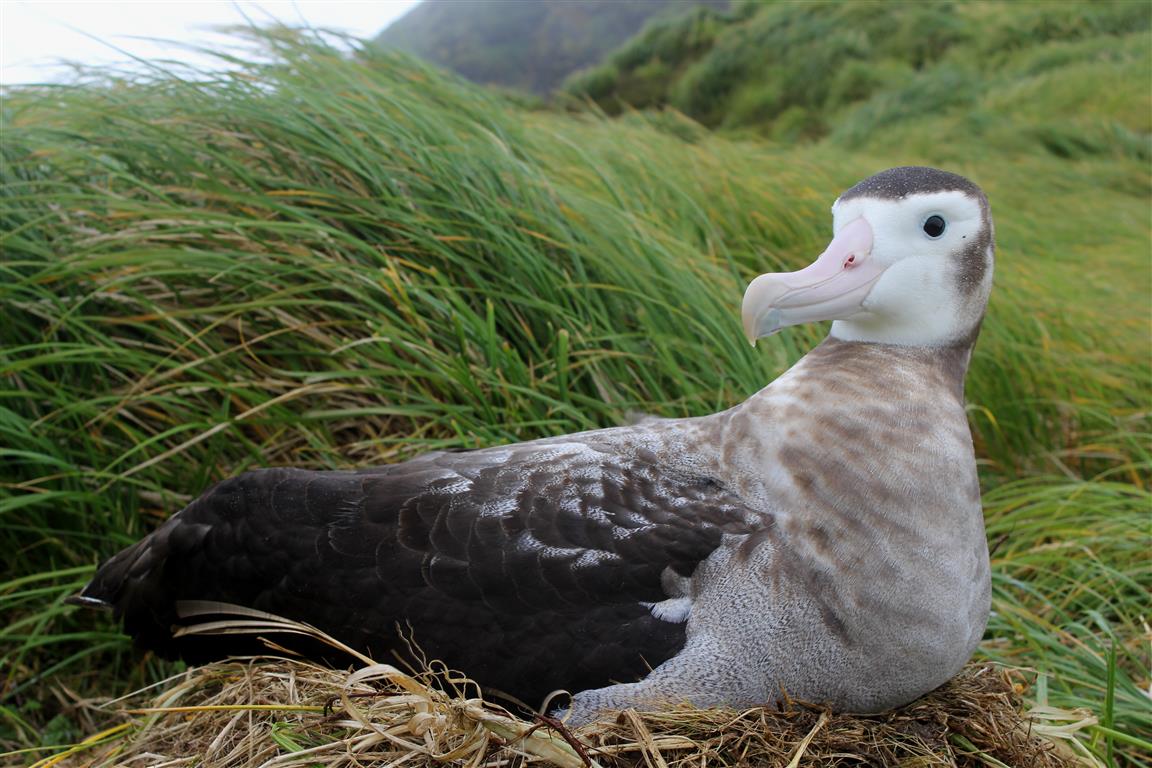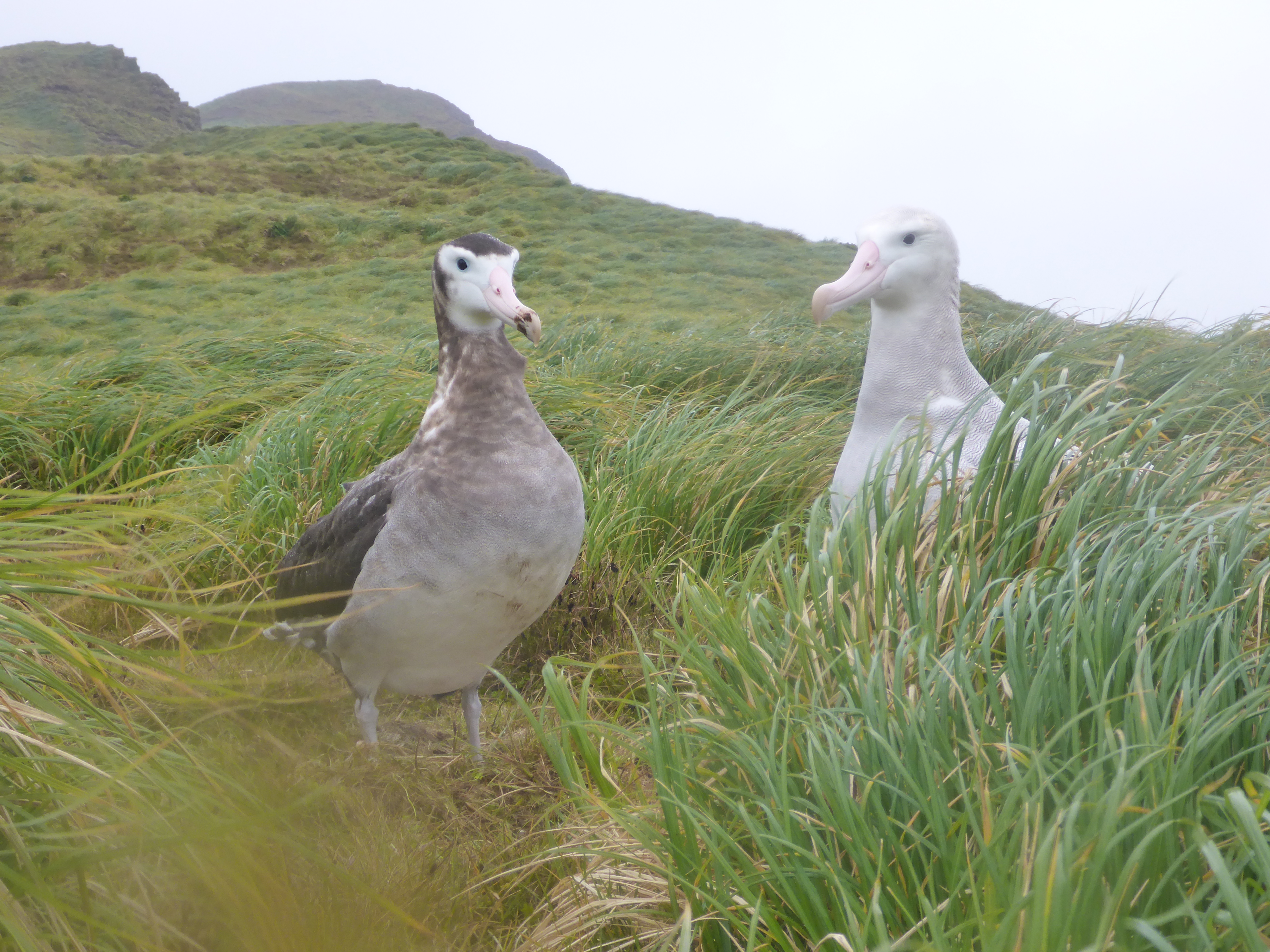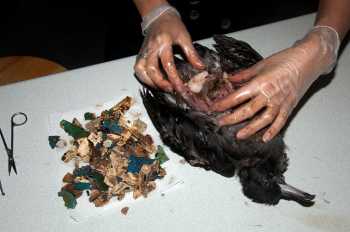The BOU John & Pat Warham Studentship is now open for the third year for a 3.5 year studentship starting between 1 January 2020 and 31 March 2021. The studentship is funded by the John and Pat Warham Scholarship Fund, a legacy left to the British Ornithologists’ Union (BOU) by the late John and Pat Warham and aims to provide training to PhD level in research on any aspect of the biology or ecology of Sphenisciformes (penguins )and Procellariiformes (tubenoses) by citizens of Commonwealth countries who are also members of the BOU.
John Warham (1919-2010) was one of the pioneers in conducting field research on mainly New Zealand albatrosses and petrels as well as on penguins, publishing two important books on the former group at the end of his long career (click here to read his obituary in ACAP Latest News). His wife Pat helped with field work in their early years together.
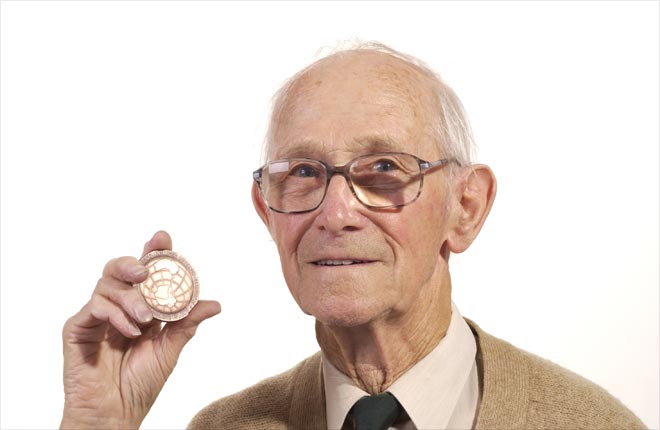
The late John Warham
Kirsty Franklin was the first BOU John & Pat Warham Student, awarded in 2018 to study towards her PhD the ‘Round Island petrel’, a hybrid Pterodroma gadfly petrel that breeds only on Round Island in the Indian Ocean (click here). The second studentship went this year to the University of Tasmania to study crested penguins Eudyptes spp.
Proposals must be submitted by 30 June 2019. Read more on the studentship and how to apply here.
Selected literature:
Warham, J. 1990. The Petrels: their Ecology and Breeding Systems. London & San Diego: Academic Press. 440 pp.
Warham, J. 1996. The Behaviour, Population Ecology and Physiology of the Petrels. London & San Diego: Academic Press. 613 pp.
John Cooper, ACAP Information Officer, 25 April 2019

 English
English  Français
Français  Español
Español 
